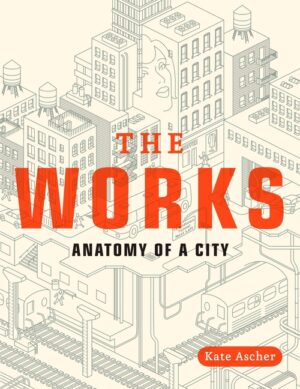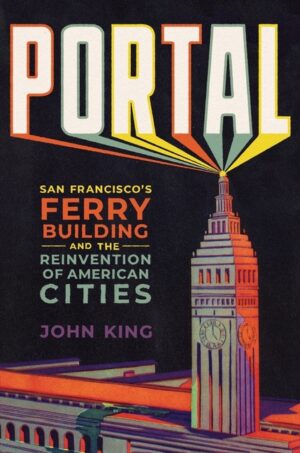"New Harmony has long been the American Eden that almost was–a place of learning, spirituality, and experimental architecture lost somewhere south of Indianapolis. This eclectic and sweeping volume brings its many lives, from utopian outpost on the frontier to center for contemplation and tourist site anchored by great works of modern architecture, to life. The equally diverse figures who animated the place, from the English industrialist Robert Owen to his distant heir Jane Blaffer Owen, and including architects Philip Johnson and Richard Meier, each receives a careful historic and formal analysis in this masterful collection of essays."–Aaron Betsky, president, School of Architecture at Taliesin
"A detour to the rural heartland can alter many presumptions about American modern culture. Reformers included Robert Owen, who bought the communitarian settlement of New Harmony, Indiana, in 1825, espousing equal rights for workers, women, and former slaves. This book looks closely at New Harmony in the post-WWII era, when historic preservation and environmentalism held sway, while protean architects like Philip Johnson and Richard Meier collaborated with their visionary client, Jane Blaffer Owen. Readers too will look at American modernism from a radically new perspective."–Gwendolyn Wright, Columbia University
"Three visionaries created New Harmony, and their visions could hardly be more different. Ben Nicholson and Michelangelo Sabatino, with their splendidly comprehensive study of Jane Blaffer Owen, the most elusive of the three, have completed the story of one of America's most consequential experiments in town-building."–Michael Lewis, Williams College





